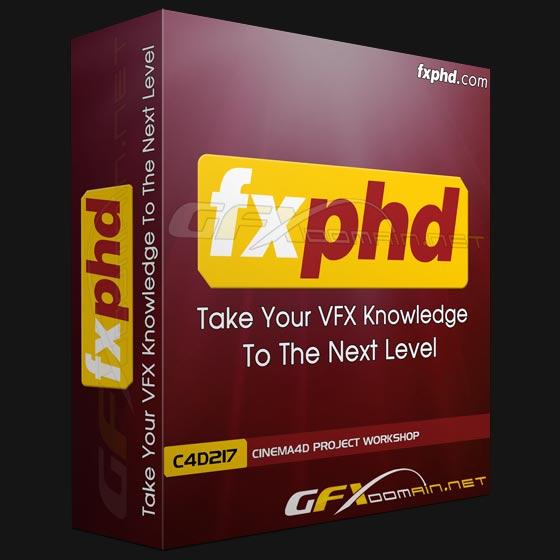
course syllabus
Class 1: In the first class we create a logo ID using a rig built with MoGraph and Xpresso. We create several animated shots, add materials and lighting. Finally we render the result using Cinema 4D’s physical renderer. Part 1 of 2
Class 2: This week we add materials using multi-layered reflectance to the scene. Adding reflections using both HDRI and luminant objects. We animate the effectors and a camera rig. Using multiple render settings for efficiency we preview our shots and setup the final rendering.
Class 3: Building an animated map with Cinema 4D & After Effects. This week we look at the Landscape Object, DEM Earth and the Relief Object. Build texture maps in AE, then use them in combination with various shaders to create our materials. Finally we add some basic Volumetric Clouds.
Class 4: Part 2 of 2 of building an animated map
Class 5: Part 1 of 4 week class. Creating a pack shot animation. This week we model the can and ice cubes. Using knife, extrude, edge extrude, symmetry and sub-division surfaces. Using Cloner and Correction deformer to create variations and model procedurally.
Class 6: Part 2 of 4 week class. (This is an extended class at 1hr 15mins) This week we create materials for the can and the ice cube. Working with shaders such as Fresnel, Noise and the Reflectance Channels. Using Mograph to model additional elements such as condensation, bubbles and cracks.
Class 7: Part 3 of 4 week class. This week we optimize our scenes for efficiency and use proxies to speed up playback. Working with Rigid Body Dynamics as well as various MoGraph effectors to simulate the cans dropping into a pile of ice.
Class 8: Part 4 of 4 week class. We adjust the scene to make the dynamics more stable then prepare the project for multipass rendering. In After Effects we comp the passes together exploring a few options for isolating elements for colour correction.
Class 9: Part 1 of 2 week class. Introducing the Motion Tracker in Cinema 4D. We track and solve a shot then calibrate the resulted camera and features using constraints.
Class 10: Part 2 of 2 week class. Using the features we created from tracking we create some simple geometry which will allow us to reflect the scene onto our objects, catch shadows and can be used for dynamic collisions. Using multipass rendering we output the scene and create a basic comp in After Effects.
Download Links:-

FXPHD_-_C4D217_Cinema4D_Project_Workshop.part1.rar
FXPHD_-_C4D217_Cinema4D_Project_Workshop.part2.rar
FXPHD_-_C4D217_Cinema4D_Project_Workshop.part3.rar
FXPHD_-_C4D217_Cinema4D_Project_Workshop.part4.rar
Mirror :-

FXPHD – C4D217 Cinema4D Project Workshop.part1.rar
FXPHD – C4D217 Cinema4D Project Workshop.part2.rar
FXPHD – C4D217 Cinema4D Project Workshop.part3.rar
FXPHD – C4D217 Cinema4D Project Workshop.part4.rar
Mirror :-

UPLOADING>>>

